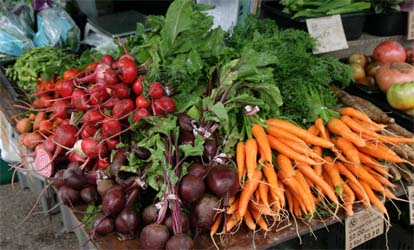
Heirloom vegetables are old, open-pollinated varieties that have been passed down from generation to generation. They are living artifacts and living history exhibits. They also are a reservoir of genetic diversity. Seed-saving gardeners have kept heirloom varieties alive, as has the Seed Saver’s Exchange in Decorah, Iowa.
There is some confusion as to how old a variety must be to be classified as an heirloom. Some believe that any variety grown before 1951, when the first hybrids became available, is an heirloom. However, many heirlooms are 100-150 years old or much older. Native Americans have been saving seed since the pre-Columbian era while old European crops may be over 400 years old. Other heirlooms trace their ancestries back hundreds of years to Africa and Asia.
Open-pollinated cultivars mean that plants grown from seed will be true to type and will resemble the plant from which it comes. Some plants, however, can cross-pollinate and therefore careful practices must prevent cross-pollination to maintain those varieties. Species like cucurbits and cole crops must be isolated from other members in their families. This may be achieved by geographic isolation or by bagging the flowers to prevent cross-pollination.
Flavor is one of the key reasons people like to preserve heirloom seeds. Some consider their flavor is exceptional. One downside is that heirloom vegetables often don’t have a very long shelf life and are not resistant to diseases.
Potatoes, garlic, Jerusalem artichokes and other vegetables may be propagated vegetatively and the offspring is directly related to the parent. Garlic for example, has been found to be 5,000 years old and cultivars available today can theoretically be traced back to the Middle East centuries ago.
Some of the more common vegetable cultivars found to be true heirlooms include:
Beans
- ‘Cherokee Trail of Tears’ is an heirloom pole bean that was carried by the Cherokee Indians along the Trail of Tears. It has a purple striped pod with shiny black seeds.
- ‘Jacob’s Cattle’ is a small, pretty bean that is pure-white with deep maroon splashes. It is good for soups and stews.
- ‘Rattlesnake Pole’ has purple-streaked, 7-inch green pods that curl like a snake. The seeds are buff-colored with black stripes.
Corn
- ‘Golden Bantam’ was first introduced in 1902. This is the corn to which all others were compared.
- ‘Stowell’s Evergreen’ is the standard, late-season white sweet corn before ‘Silver Queen’ was developed.
- ‘Bloody Butcher’ is a bright red variety that is used in making flour.
- ‘Strawberry Popcorn’ is an old variety with small ears that can be used as a decoration and popcorn.
Cucumber
- ‘Lemon’ produces many lemon-colored and lemon-shaped fruit.
- ‘White Wonder’ matures to an ivory white color.
Lettuce
- ‘Deer Tongue’ is a pre-1900 heirloom that has pointed leaves and thick mid-ribs. It is heat tolerant and slow to bolt.
- ‘Paris White Cos’ has been grown in Europe since 1835, may be even older. It produces a large upright cylinder of thick, crisp leaves, with the outer leaves folding over to blanch the inner ones.
Melon
- ‘Jenny Lind’ produces 1-2 lb sweet, lime-green fruits. It originated in New Jersey in 1846.
Potatoes

- ‘Russian Banana’ is a fingerling potato with yellow flesh and a waxy texture. It may be finger sized or the size of a banana.
- ‘Yellow Finns’ is medium-sized with yellow skin and yellow flesh.
Squash
- ‘Cushaw Green-Striped’ produces good-sized, white fruits with green stripes and long, curved necks. It is good for pies and baking. Plants are drought tolerant and the fruit stores well.
Pumpkins
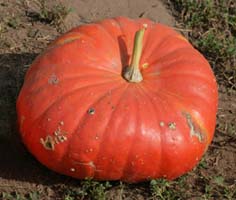
- ‘Rouge Vif d’Etampes’ is the Cinderella pumpkin that produces flat, burnt orange to red fruit that are deeply ridged. It may reach 1-2 feet in diameter.
Tomatoes
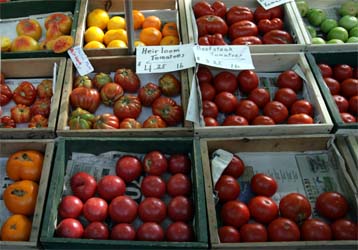
- ‘Brandywine’ is an Amish heirloom that originated in Chester County, PA in 1885. Fruit quality stays high late in the season. It has potato-like leaves and pinkish-red fruit.
- ‘Cherokee Purple’ produces purple-black fruit with brick red interior. Good flavor.
- ‘Yellow Pear’ is a prolific vining type that produces many 1-2 inch pear-shaped fruits with good fruit.
- ‘Mortgage Lifter’ produces pink to red, medium-sized to large fruit.
- ‘Amish Paste’ is an Amish heirloom from Wisconsin. It produces red fruit with an ox-heart to teardrop shape.
- ‘Black Krim’ is named for the Crimean peninsula in the Black Sea. Dark greenish-black shoulders turn almost black with enough heat and sun.
- ‘Green Zebra’ is green with various shades of yellow. It has a sweet, zingy flavor.
Watermelon
- ‘Moon and Stars’ is another Amish heirloom. The rind is dark green covered with bright yellow spots. The leaves of the plant are also spotted.
– Karen Delahaut, University of Wisconsin – Madison





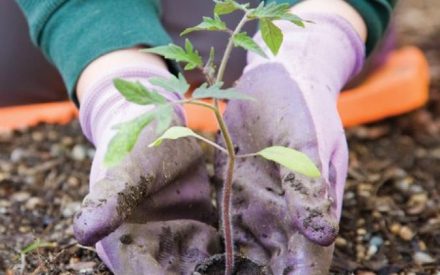 Lead in Home Garden Soil
Lead in Home Garden Soil Fascinating Fasciation
Fascinating Fasciation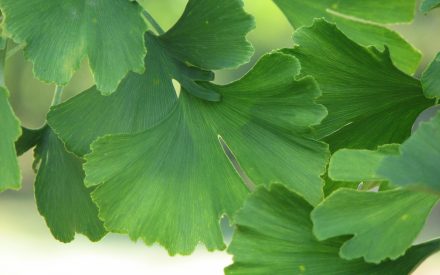 Trees and Shrubs for Diversity and Climate Change
Trees and Shrubs for Diversity and Climate Change


